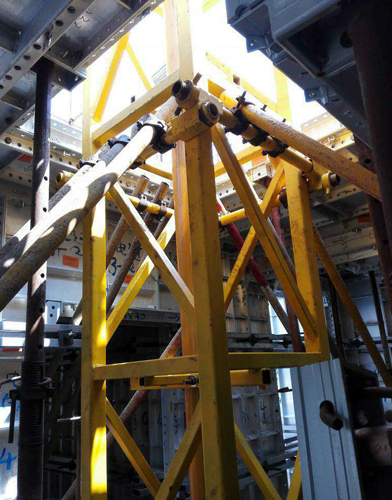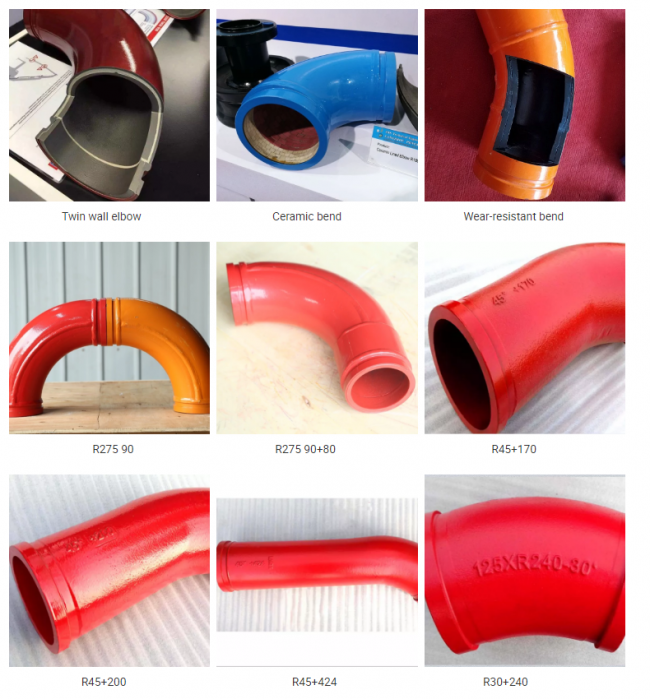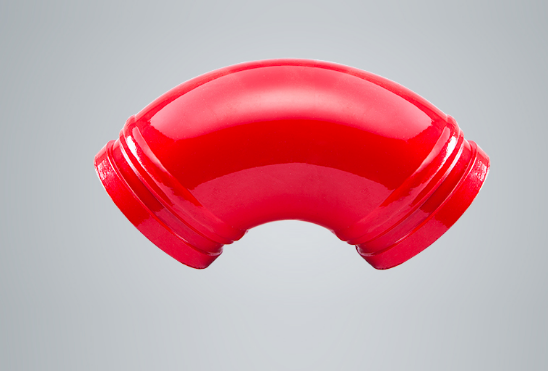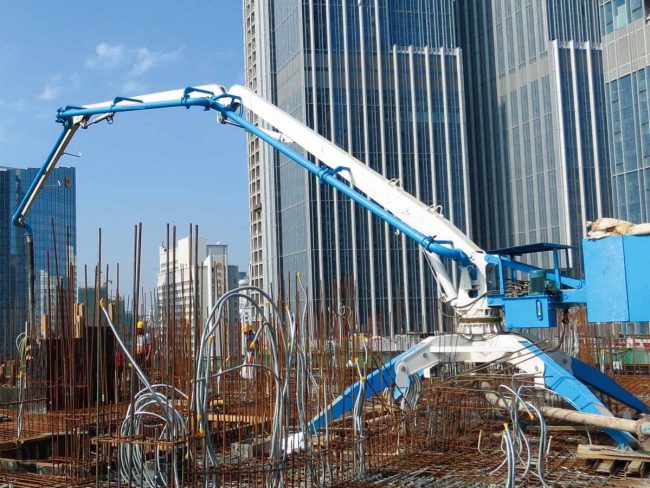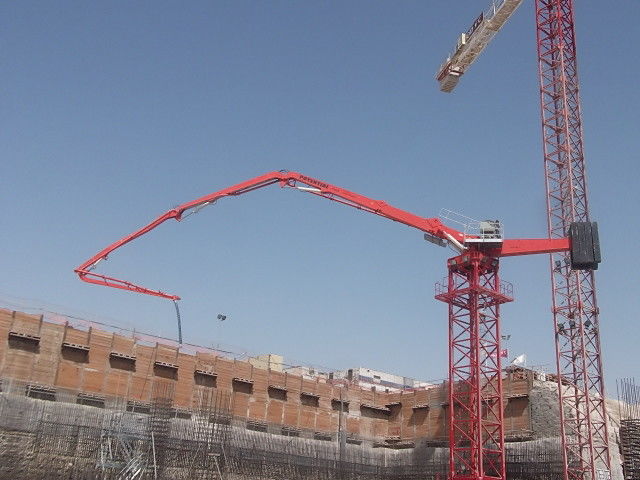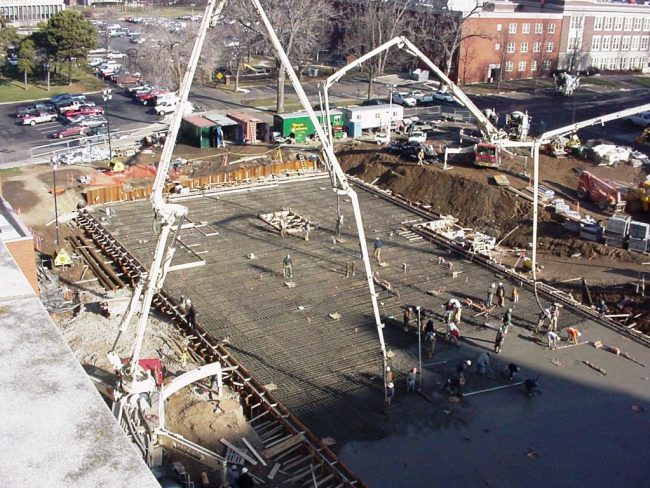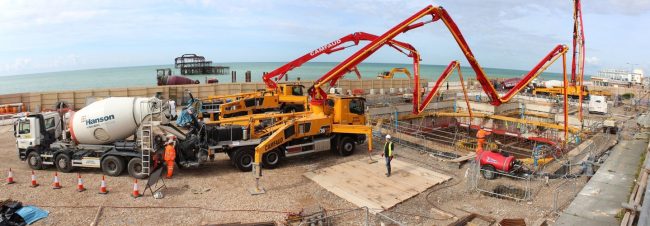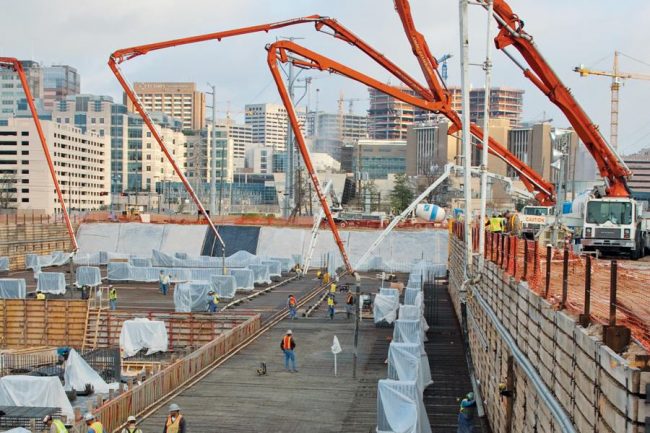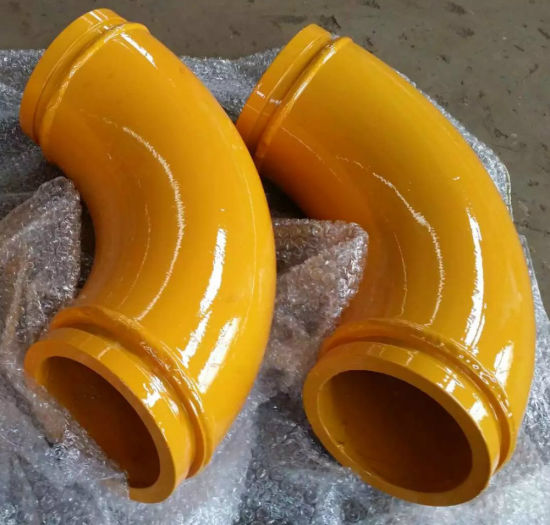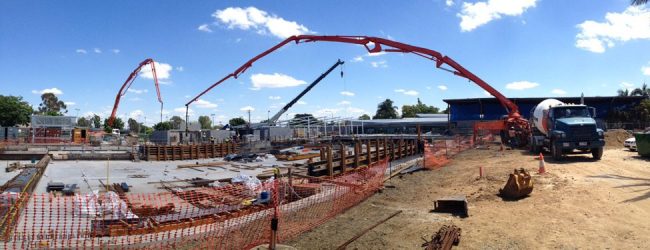climbing placing boom machine
Specification: 28m climbing hydraulic concrete placing boom is a cloth equipment used for concrete construction of high-rise buildings. The cloth machine is fixed in the elevator shaft, equipped with an automatic climbing mechanism, and is lifted automatically by the hydraulic cylinder to climb in the elevator shaft. Specification: climbing hydraulic concrete placing boom Climbing hydraulic…

